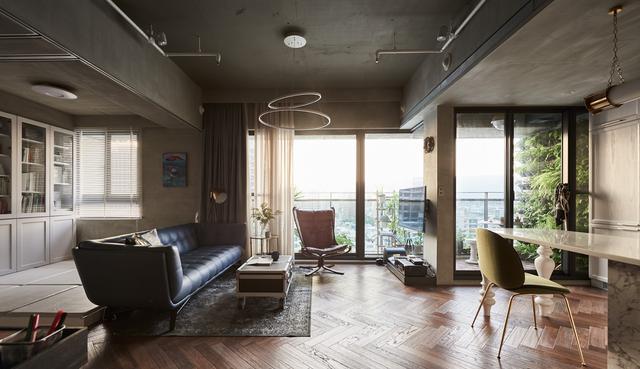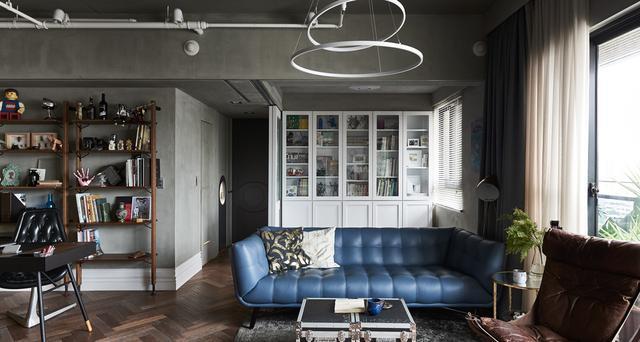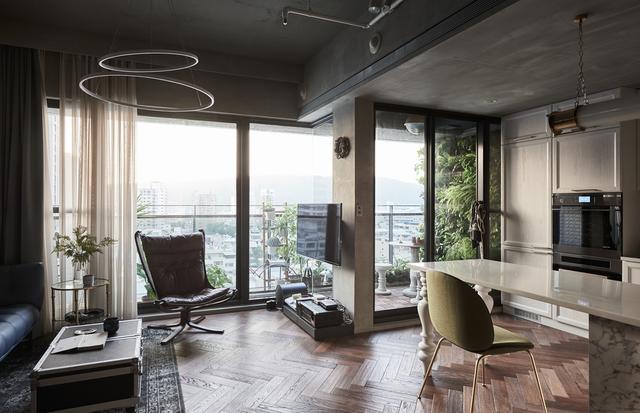The types of processes that are common in thin film processing include calendering, blow molding, casting, and stretching. Blown film technology is the most common process used in all films because of its strong raw material suitability. One, blown film is the plastic raw material through the extruder to melt the raw material extruded into a thin tube, and then crystallization before blowing it with compressed air, after cooling and forming a thin film products.
Advantages and disadvantages of film blow molding
The use of a blow molding process to produce films and other process methods has the following advantages:
Simple equipment, low investment, quick results;
The equipment has a compact structure, a small footprint, and a low manufacturing cost;
The film is stretched and inflated with high mechanical strength.
Product has no material, less waste, and low cost;
Wide degree of radiation, less welds, easy bag making;
The disadvantages compared to other molding processes are as follows:
Film thickness uniformity is poor;
Production line speed is low and production is low (compared to calendering, casting, and drawing);
The thickness is generally 0.01 ∽ 0.25mm and the diameter is 100-5000mm.
Blown film is mainly used as raw materials: LDPE, HDPE, LLDPE, EVA, PVC, PP, PS, PA and so on.
Polyethylene blown film forming process
Blow film process, material plastic extrusion, forming a tube ring inflation molding; cooling, traction, coiling. In the blow film forming process, according to the different extrusion and traction direction, it can be divided into three types: flat blowing, blowing up, blowing down, which is the main molding process. Of course, there are special blow molding methods.
1 Stretching and blowing
The method is to use a right-angle head, that is, the discharge direction of the head is perpendicular to the extruder, and the extrusion pipe is turned upwards, pulled to a certain distance, and then clamped by a chevron. The extruded tube is compressed air introduced from the bottom and it Inflate into a blister tube and control its transverse dimension with the amount of compressed air, and control the longitudinal dimension with the traction speed. After the blister tube is cooled and shaped, a blown film can be obtained. as the picture shows. The main types of plastics suitable for up-blowing are PVC, PE, PS, PA, PVDC (vinylidene chloride), and EVOH.

Advantages: stable traction, small footprint, easy operation, large production diameter, suitable for producing thin film products with different thicknesses.
Disadvantages: The plant is high in construction cost, and it is not suitable to process plastics with large flowability. It is not conducive to film cooling, and the production efficiency is low (compared with other film forming processes).
2 blow down method
The method uses a right-angle head. The process of drawing the blister tube from the underside of the head is called blunt-down blowing. This method is particularly suitable for low-viscosity raw materials and plastic films requiring high transparency. Such as PP, PA, PVDC, EVOH.

Advantages: It does not require a high degree of plant height, which is conducive to film cooling and higher production efficiency. It can process more fluid plastics.
Disadvantages: Extruder is higher than the ground and inconvenient to operate. It is not suitable to produce thin film. There are few types of raw materials that can be processed and the production efficiency is low (compared with other film forming processes).
3 flat extrusion blow
The flat extrusion blower head is centered. This method uses a flat head concentric with the extruder screw. The process of the blister tube and the center line of the machine head at the same level is called flat blow and blow method. This method is only suitable for blowing. Small-bore film products, such as LDPE, PVC, and PS films, are also suitable for blown heat shrink film production.

Advantages: simple structure, easy to operate with uniform film thickness, easy film introduction, and large blow-up ratio.
Disadvantages: It is not suitable to process films with large relative density and large diameter, large area, and slow cooling of blister tubes, and it is not suitable for processing more fluid plastics.
Sport Bottle,Coffee Mug,Water Cup Thermos,Double Layer Vacuum Thermos
Wuyi Xukai industry and Trade Co.,Ltd , https://www.wyxukai.com